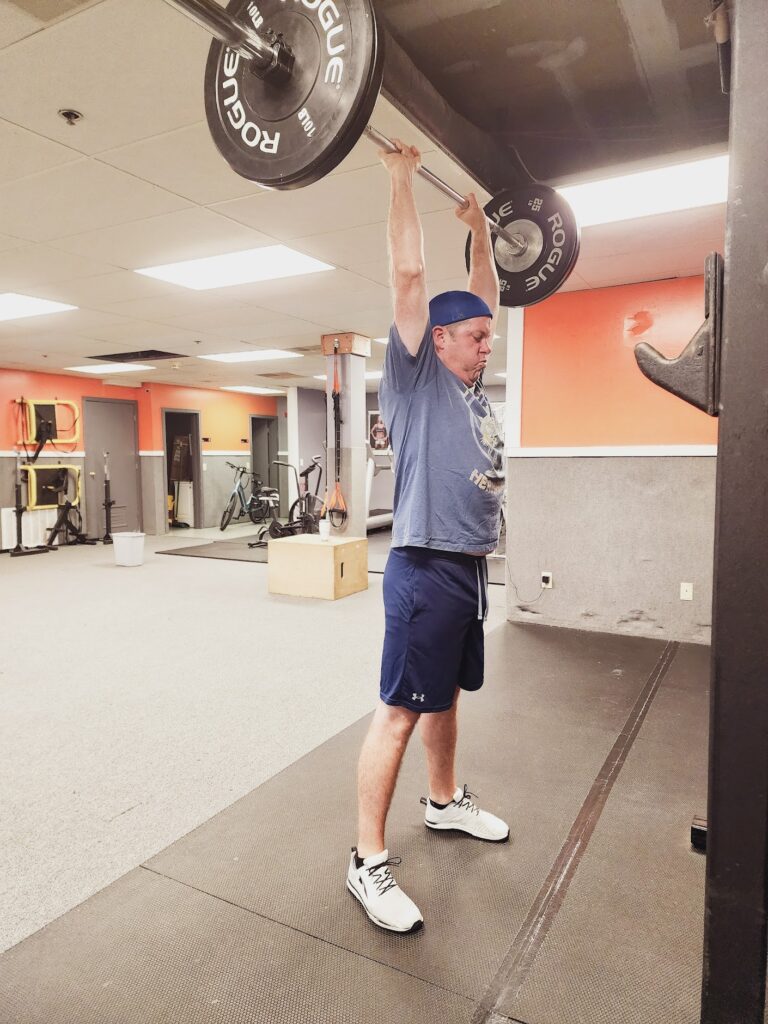
In the realm of fitness, there’s a vast array of workout routines promising different results. From split routines targeting specific muscle groups to cardio-focused regimens, the options seem endless. However, one approach stands out for its efficiency and effectiveness: full body workouts.
So, why do full body workouts work, and how can you incorporate them into your fitness routine?
The Science Behind Full Body Workouts
Full body workouts involve targeting multiple muscle groups in a single session. This approach provides several benefits:
- Efficiency: With full body workouts, you engage various muscle groups simultaneously, maximizing your time at the gym. Instead of focusing on one muscle group per session, you hit everything in one go.
- Increased Calorie Burn: Engaging multiple muscle groups means you burn more calories both during and after your workout. This makes full body workouts an excellent choice for those aiming to lose weight or maintain a healthy body composition.
- Balanced Muscle Development: By consistently working all major muscle groups, you promote balanced muscle development throughout your body. This helps prevent muscle imbalances and reduces the risk of injury.
- Improved Functional Strength: Full body workouts often incorporate compound movements, such as squats, deadlifts, and presses, which mimic real-life activities. This translates to improved functional strength, making daily tasks easier and reducing the risk of injury during physical activities.
How to Structure Your Full Body Workout
Now that we understand the benefits, let’s explore how to craft an effective full body workout routine:
- Warm-Up: Start with a dynamic warm-up to prepare your body for the workout ahead. This can include movements like arm circles, leg swings, and bodyweight squats.
- Compound Movements: Incorporate compound exercises that target multiple muscle groups simultaneously. Examples include squats, deadlifts, lunges, push-ups, pull-ups, and rows.
- Isolation Exercises: Follow up with isolation exercises to target specific muscle groups in more depth. These can include bicep curls, tricep extensions, calf raises, and lateral raises.
- Cardiovascular Exercise: Include some form of cardiovascular exercise to elevate your heart rate and improve endurance. This could be anything from jogging or cycling to jumping rope or high-intensity interval training (HIIT).
- Cooldown and Stretching: Finish your workout with a cooldown to gradually lower your heart rate and stretching to improve flexibility and reduce muscle soreness.
Sample Full Body Workout Routine
Here’s an example of a full body workout routine you can try:
- Squats: 3 sets of 10 reps
- Push-Ups: 3 sets of 12 reps
- Bent-Over Rows: 3 sets of 10 reps
- Lunges: 3 sets of 12 reps per leg
- Dumbbell Shoulder Press: 3 sets of 10 reps
- Plank: 3 sets, hold for 30 seconds each
- Jump Rope: 5 minutes
Remember to adjust the weight and repetitions based on your fitness level and goals. It’s essential to challenge yourself while maintaining proper form to avoid injury.
Final Thoughts
Full body workouts offer a time-efficient and effective way to improve overall fitness, build strength, and burn calories. By incorporating compound movements, isolation exercises, and cardiovascular activity, you can create a well-rounded routine that targets every aspect of fitness.
Whether you’re a beginner or a seasoned gym-goer, full body workouts can help you achieve your fitness goals and maintain a balanced, healthy lifestyle. So, next time you hit the gym, consider giving a full body workout a try—you might be surprised at the results!

